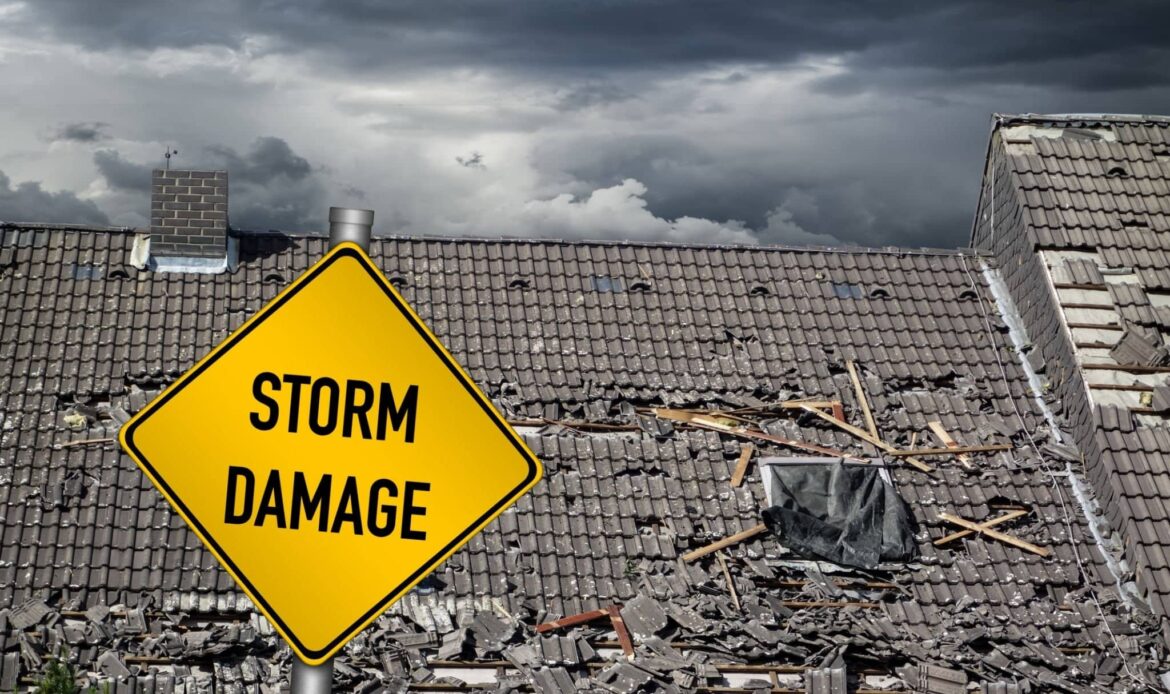Storms can wreak havoc on your home, and your roof often bears the brunt of the damage. When faced with the aftermath of a storm, it’s essential to act swiftly and take the necessary steps to save your roof from further harm. In this article, we will outline five crucial steps that can help you protect and restore your roof after a storm, ensuring its longevity and preserving the safety of your home.
Table of Contents
ToggleEnsure Personal Safety First:
Before assessing the damage to your roof, prioritize your safety and the safety of your family. Wait for the storm to pass completely and only venture outside once it is safe to do so. Be mindful of fallen power lines, broken tree limbs, or other hazards that may pose a risk. If you suspect structural damage to your home, it’s best to evacuate and seek professional assistance.
Perform a Visual Inspection:
Once it is safe to examine your roof, conduct a visual inspection from the ground or a safe vantage point. Look for obvious signs of damage such as missing or damaged shingles, dented flashing, or displaced tiles. Take note of any sagging areas or water pooling on the roof, as these can indicate structural issues. While a visual inspection provides a general idea of the damage, it’s advisable to have a professional roofing contractor perform a thorough assessment.
Temporarily Mitigate Further Damage:
To prevent further damage and protect your home’s interior, it’s crucial to mitigate any immediate risks. If you notice missing or damaged shingles, use tarps or temporary patches to cover the affected areas. Clear debris, fallen branches, and leaves from the roof to prevent water accumulation and potential leaks. Promptly address any leaks or water infiltration inside your home by placing buckets or containers to collect water and using towels to soak up excess moisture.
Contact a Professional Roofing Contractor:
After a storm, it’s highly recommended to contact a professional roofing contractor with experience in storm damage repairs. They possess the expertise and knowledge to assess the extent of the damage accurately and determine the necessary repairs or replacements. Professional contractors can also assist you with filing insurance claims and provide guidance throughout the restoration process. Choose a reputable and licensed contractor to ensure quality workmanship and reliable service.
Document the Damage and File an Insurance Claim:
To facilitate the insurance claims process, document the damage to your roof thoroughly. Take photographs or videos of the affected areas from multiple angles. Keep records of any temporary repairs or expenses incurred. Contact your insurance provider promptly and provide them with the necessary documentation. Follow their guidelines and work closely with your roofing contractor to ensure a smooth claims process and maximize your chances of receiving fair compensation.
Conclusion:
Saving your roof after a storm requires prompt action and adherence to crucial steps. Prioritize your safety, perform a visual inspection, mitigate further damage, contact a professional roofing contractor, and document the damage for insurance claims. Remember that professional expertise is invaluable in accurately assessing the damage and providing effective repairs. By taking these crucial steps, you can protect your roof, preserve the safety of your home, and restore it to its pre-storm condition.
